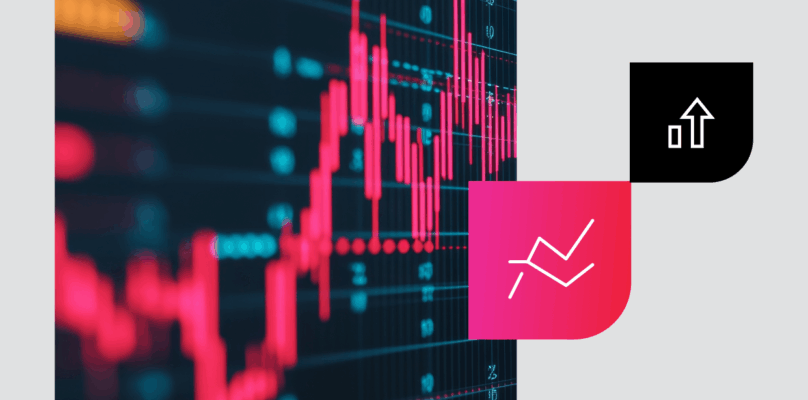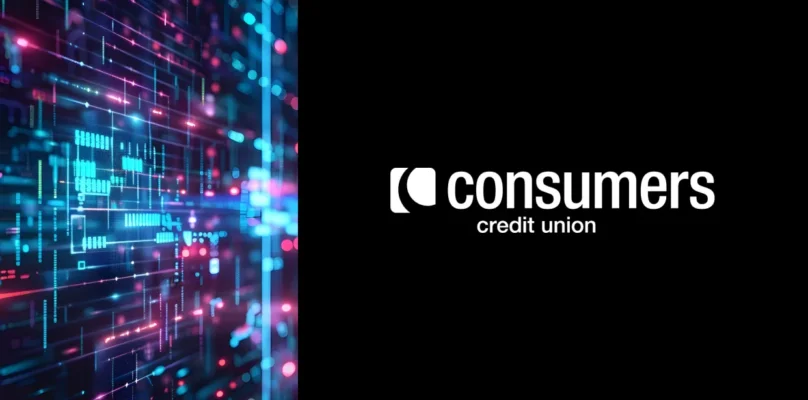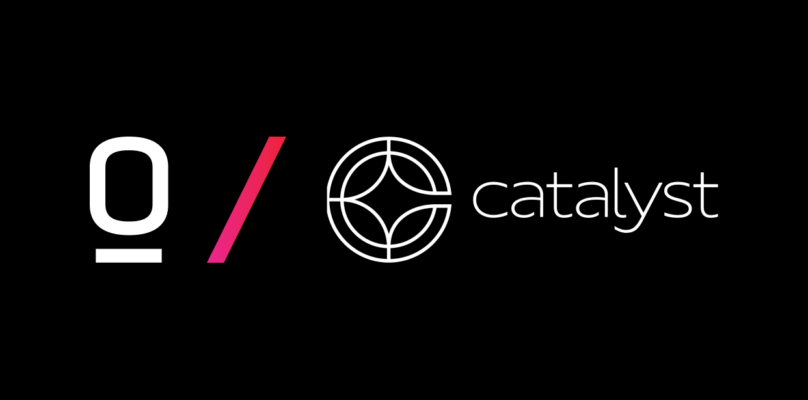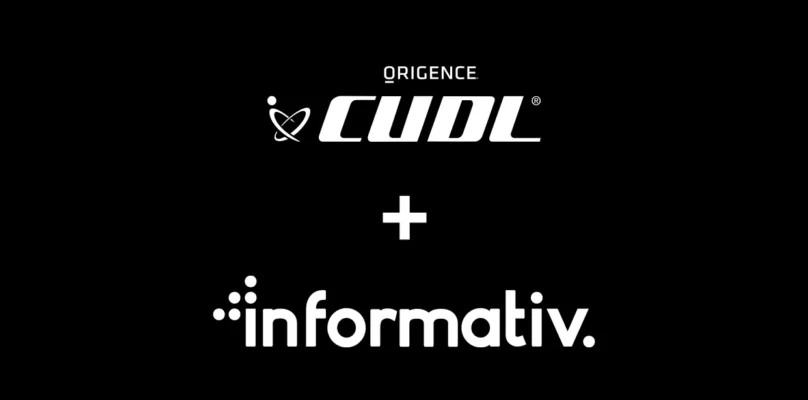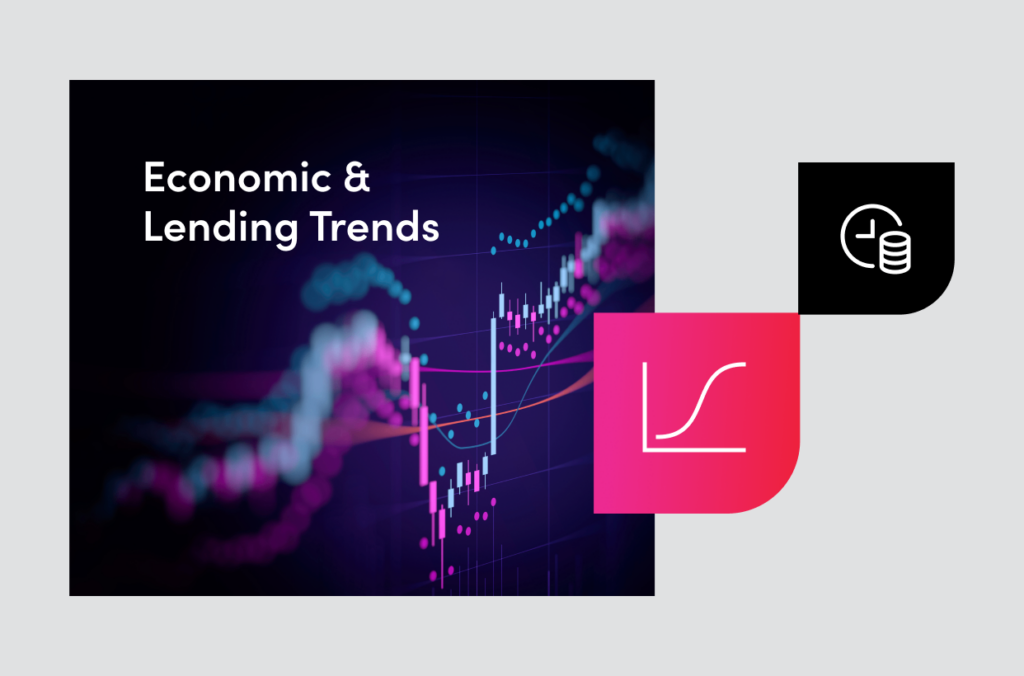Elliot Eisenberg, president and chief economist for GraphsandLaughs, said the U.S. economy is in “purgatory” – not in a recession but not growing rapidly.
Just three months after warning a recession was a near certainty, Eisenberg noted there is a possibility of avoiding a downturn thanks to a number of factors relating to the recovery from Covid.
Eisenberg shared his views during a recent webinar hosted by Origence.
“As many of you know, I have been predicting a recession for some time,” he began. “I still think we are going to have one, but it may be coming further out. I tend to think the longer rates stay high, the more likely we are to have one.”
That said, Eisenberg continued, the economy is “going gangbusters because consumer spending is on fire!”
Roughly 70% of GDP is consumer spending, which Eisenberg has expected to weaken for many months now. It is possible, he said, a recession will be avoided thanks to money consumers socked away as government checks rolled in during the Covid shutdown and then pent-up demand resulting in continued spending.
“This gives us a bridge to get over the high interest rates the Fed has been putting out there,” he said.
Indeed, according to Eisenberg, the Fed’s staff economist said in late July that the board’s outlook has changed from recession being a certainty to a possibility there will not be one.
One key might be if recessionary indicators finally flare, the Fed responds by quickly cutting interest rates, Eisenberg said.
Auto loans decline at credit unions
Before Eisenberg began his presentation, Bob Child, chief operating officer for Origence, noted there has been a “large pullback” in credit union auto lending as automakers have offered financing discounts. Still, despite a drop of 7.3% in total loans in 2023 vs. 2022 through the end of May, CUDL credit unions remain No. 1 overall among auto lenders. These credit unions are up almost 200,000 loans on second-place Toyota Financial Services.
“We are not seeing 0% loans from the OEMs, but we are seeing very attractive 2.9% offers.”
Bob Child
“They [auto manufacturers] are subsidizing loan rates as a way to draw more consumers into dealerships.”
Funded auto loans by credit unions are down 17% from 2022, which Child pointed out was a banner year for the movement. Another factor in the YOY decline is credit unions are facing a liquidity crunch, as loan-to-share ratio is at a 14-year high.
Eisenberg noted U.S. light vehicle sales are “really strong” despite high interest rates.
“This is very counterintuitive and is a reason why GDP has been so strong,” he assessed. “The two most rate-sensitive sectors are housing and autos, and both are picking up. It’s nuts!”
As the worldwide economy recovered from Covid, car sales were depressed by a lack of available chips. With supply chain issues largely resolved, consumers are buying cars in large numbers.
“Because of this, the possibility that we don’t go into recession is much stronger than any prior rate-hiking cycle.”
Because there are more new cars being built, used car prices are rapidly declining. Eisenberg warned credit unions making used car loans not to expect residual values to remain as elevated as they have the past 2 years.
While consumer spending has remained strong, household balance sheets have been falling for three consecutive quarters. Credit card balances are rising rapidly, and savings rates are declining – two factors that make Eisenberg “nervous.”
Inflation in July 2022 was more than 9%, but it has fallen to the 3% range in recent months. That’s the good news, but Eisenberg warned there are several base effects that will make it more difficult for inflation to keep coming down.
“Inflation numbers are slowly returning to normal, but it has taken longer than we thought.”
Soft numbers vs. hard numbers
Eisenberg noted there is a dichotomy of hard numbers (spending) indicating no recession pending versus soft numbers (opinion surveys) pointing “yes.” A measure of confidence by small business owners reflects pessimism, while CEO confidence is at its lowest level in almost 40 years. The Conference Board’s leading economic indicators are plummeting, falling 14 straight months. Typically, this is a harbinger of a recession, but the hard numbers continue to be strong.
“Housing is improving, autos are improving, there is pent-up demand for services. This is a very strange economy that is slowly returning, and as long as it keeps returning, we keep the recession aside. Because of the Covid story, it is a different economy. We are not in a recession, but we are not having explosive growth. It is like purgatory in a way. We’ve never seen such dichotomous data simultaneously in so many sectors of the economy.”
Elliot Eisenberg
Auto loan defaults are up, but it is not clear if this is a sign of trouble or if they were pushed down by the Covid period that included stimulus checks. U.S. banks are raising their loan loss reserves, just in case, and senior loan officers are tightening lending standards.
The employment market remains strong, which makes the Fed nervous because wages are increasing – thereby driving inflation. Wage growth remains at 4.3%, which is too high for policymakers.
“The Fed has no intention of cutting interest rates any time soon,” he declared. “They might raise rates at the November 1st meeting and then hold.”
Does Fed tightening equal a recession?
For many economists, the history is clear – when the Fed raises rates, the U.S. economy goes into recession: 10 out of 13 times. Prior to the current rate-hike cycle, there have only been three exceptions to the rule: 1964, 1984, and 1994.
Another typically accurate harbinger of recession is the inversion of the yield curve – the 1-year Treasury yield vs. the 10-year Treasury yield. Eisenberg said this has been the case every time since 1960, but despite the yield curve presently being very inverted, no recession has come yet.
“When does a recession come? Historically speaking, 23 to 27 months after the Fed starts hiking rates. The first rate hike occurred in March 2022, so March 2024 is two years. We are not out of the woods just yet. There is a lag before the effects of a rate hike are felt fully. Be a little nervous that a recession is possible, but not wildly nervous. If there is a recession, it will only be eight or nine months because there is nothing fundamentally wrong with the economy.”
Don’t miss out on additional complimentary assets from Origence that can help your lending program thrive.
- On-Demand Webcast: The U.S. Economy: Rising Rates, Real Risks, and Recession?
- Origence Case Study: Community First Credit Union
About Elliot Eisenberg
Elliot Eisenberg, Ph.D., is an internationally acclaimed economist and public speaker specializing in making the arcana and minutia of economics fun, relevant and educational. He earned a B.A. in economics with first-class honors from McGill University in Montreal, as well as a master’s and Ph.D. in public administration from Syracuse University. Eisenberg, a former Senior Economist with the National Association of Home Builders in Washington, D.C., is the creator of the multifamily stock index (the first nationally recognized index to track the total return of public firms principally involved in the ownership and management of apartments), the author of more than eighty-five articles, serves on the Expert Advisory Board of Mortgage Market Guide and is a regular consultant to several large real estate professional associations, hedge funds, and investment advisory groups. He has spoken to hundreds of business groups and associations, often as a keynote speaker. Dr. Eisenberg has been invited to testify before lawmakers and is often asked to comment on proposed legislation. His research and opinions have been featured in Bloomberg, Business Week, Bureau of National Affairs, Forbes, Fortune, and many other publications. He is a regularly featured guest on cable news programs, talk, and public radio.
About Origence
Established in 1994 as a credit union service organization (CUSO), Origence provides financial technology elevating the origination experience to increase loan volume, create efficiencies, and grow accounts. Credit Unions can originate consumer loans with greater levels of productivity and increased scale while also delivering a convenient and personalized borrower experience. Solutions also include indirect lending, marketing automation, auto shopping, lending operations, and more. Origence is recognized as the 2023 CUSO of the Year by NACUSO and, since its inception, has helped credit unions process more than 80 million applications and more than 9 million applications in 2022 alone. For more information, visit www.origence.com and follow us on Twitter and LinkedIn.
